Witness: Šešelj had Chetnik ideology
Vojislav Šešelj’s war crimes trial continued today with the prosecution’s expert witness Yves Tomic taking the stand.
Tuesday, 29.01.2008.
16:50

Vojislav Seselj’s war crimes trial continued today with the prosecution’s expert witness Yves Tomic taking the stand. Tomic said that Seselj and his Serb Radical Party (SRS) had taken their ideological concept from the Ravnogora Movement in the Second World War, and directly from Chetnik duke Momcilo Djujic. Witness: Seselj had Chetnik ideology The SRS leader is accused of crimes against Croats and Muslims in Croatia, Vojvodina and Bosnia-Hercegovina between 1991 and 1993. Tomic, a doctor of Slavic Studies at the Sorbonne University and a scientific researcher on the Balkans, has compiled an expert report on the history of the concept of a Greater Serbia entitled “The Ideology of a Greater Serbia in the 19th and 20th Centuries“ at the request of the prosecution. He said that the political manifesto of the Ravnogora Movement and Djujic, who bestowed the title of “Chetnik Duke“ on Seselj in 1989, envisaged the creation of “a unitary Serbian state where all Serbs would live, occupying all the Serb lands,“ including parts of Croatia and Bosnia-Hercegovina. Referring to texts on the Ravnogora Movement’s ideology written by Stevan Moljevic in 1941-42, Tomic said that their aim had been “a homogenic Serb entity without any national minorities“ that was to be established through exchange of populations, as well as through “cleansing“ of non-Serbs from territory considered to be Serbian. During the Second World War, and particularly in 1943, in eastern Bosnia and Sandzak, Chetnik units under Pavle Djurisic “massacred the Muslim civilian population in revenge,” but also to “reduce the number of Muslims,” testified the Balkans expert. He said that around 13,000 Muslims had been killed in Bosnia, Sandzak and Montenegro at the time. According to Tomic, Djujic was considered responsible for the deaths of 1800 non-Serbs in the Dinara region and was declared a war criminal after the war. The witness added that in the early 90s, Seselj had said that Serb lands were everywhere, referring to “Serb burial sites and ditches,“ an allusion to the crimes committed against the Serbs in the Independent State of Croatia (NDH), the puppet-state created by the Nazis during the Second World War. This had also been the main manifesto aim of the Serb Chetnik Movement created by the defendant in 1990, he explained. Under the manifesto, over 300,000 Albanians from Kosovo who had allegedly moved there from Albania after the Second World War were to be expelled, said Tomic. Prosecutor Christine Dahl will continue questioning the witness tomorrow.
Witness: Šešelj had Chetnik ideology
The SRS leader is accused of crimes against Croats and Muslims in Croatia, Vojvodina and Bosnia-Hercegovina between 1991 and 1993.Tomic, a doctor of Slavic Studies at the Sorbonne University and a scientific researcher on the Balkans, has compiled an expert report on the history of the concept of a Greater Serbia entitled “The Ideology of a Greater Serbia in the 19th and 20th Centuries“ at the request of the prosecution.
He said that the political manifesto of the Ravnogora Movement and Đujić, who bestowed the title of “Chetnik Duke“ on Šešelj in 1989, envisaged the creation of “a unitary Serbian state where all Serbs would live, occupying all the Serb lands,“ including parts of Croatia and Bosnia-Hercegovina.
Referring to texts on the Ravnogora Movement’s ideology written by Stevan Moljević in 1941-42, Tomic said that their aim had been “a homogenic Serb entity without any national minorities“ that was to be established through exchange of populations, as well as through “cleansing“ of non-Serbs from territory considered to be Serbian.
During the Second World War, and particularly in 1943, in eastern Bosnia and Sandžak, Chetnik units under Pavle Đurišić “massacred the Muslim civilian population in revenge,” but also to “reduce the number of Muslims,” testified the Balkans expert.
He said that around 13,000 Muslims had been killed in Bosnia, Sandžak and Montenegro at the time.
According to Tomic, Đujić was considered responsible for the deaths of 1800 non-Serbs in the Dinara region and was declared a war criminal after the war.
The witness added that in the early 90s, Šešelj had said that Serb lands were everywhere, referring to “Serb burial sites and ditches,“ an allusion to the crimes committed against the Serbs in the Independent State of Croatia (NDH), the puppet-state created by the Nazis during the Second World War.
This had also been the main manifesto aim of the Serb Chetnik Movement created by the defendant in 1990, he explained.
Under the manifesto, over 300,000 Albanians from Kosovo who had allegedly moved there from Albania after the Second World War were to be expelled, said Tomic.
Prosecutor Christine Dahl will continue questioning the witness tomorrow.



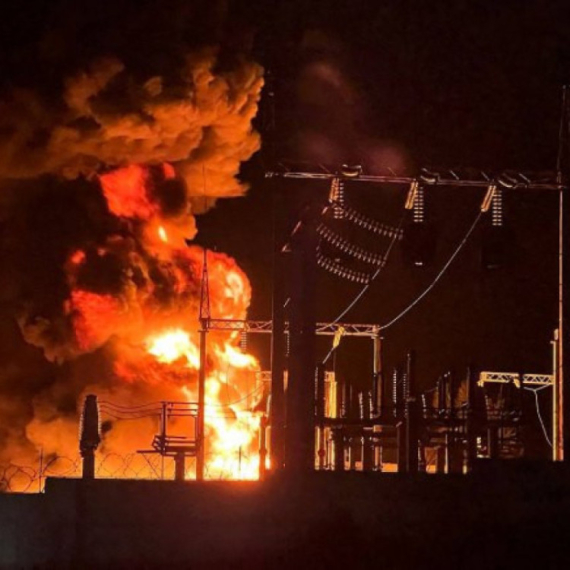
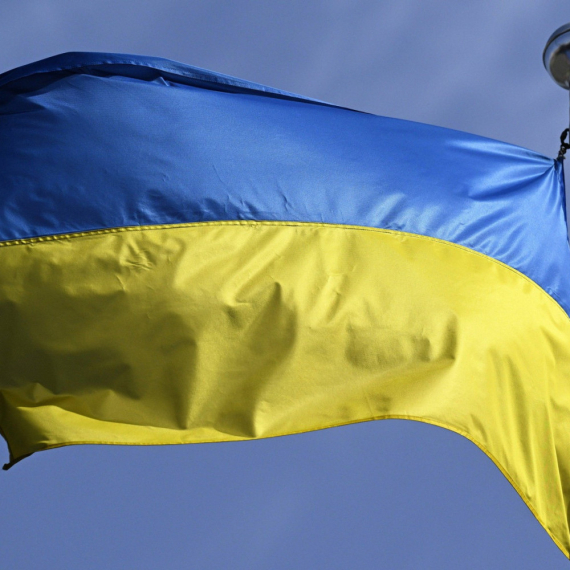
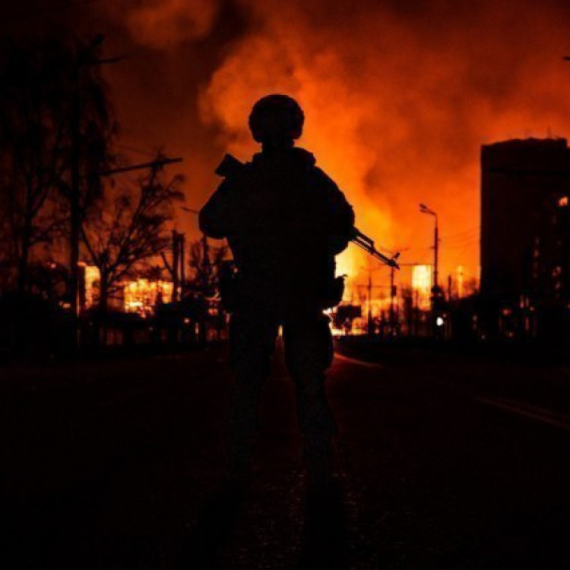




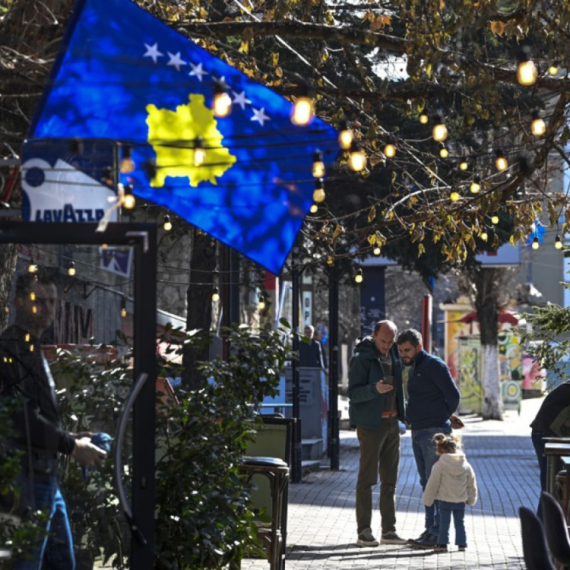
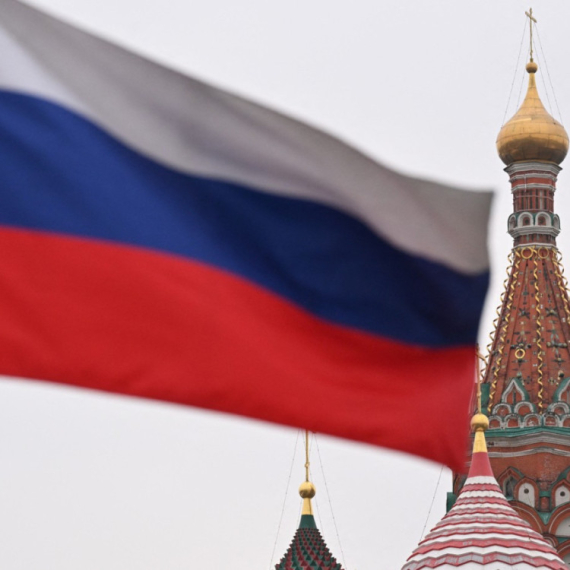
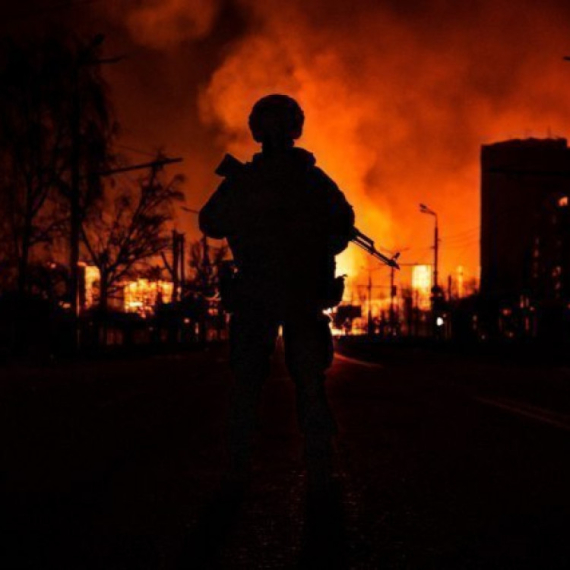

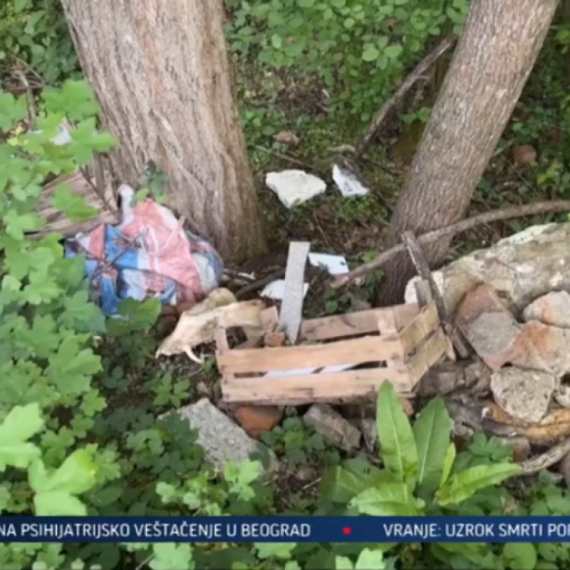
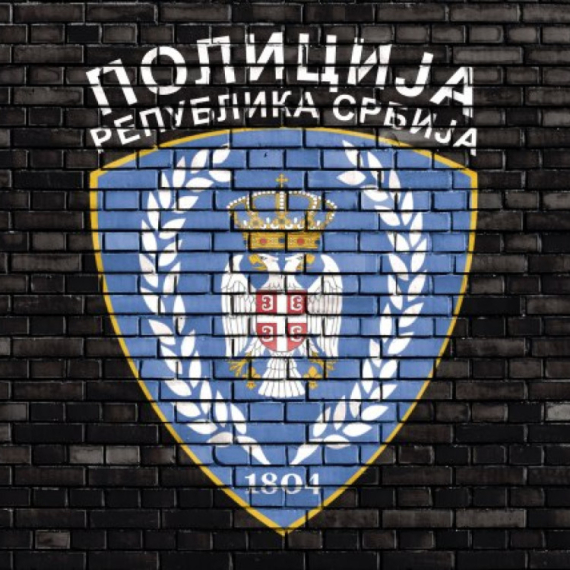



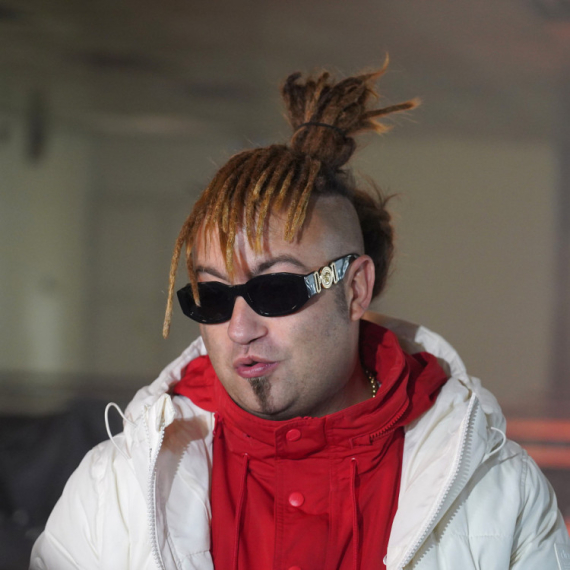

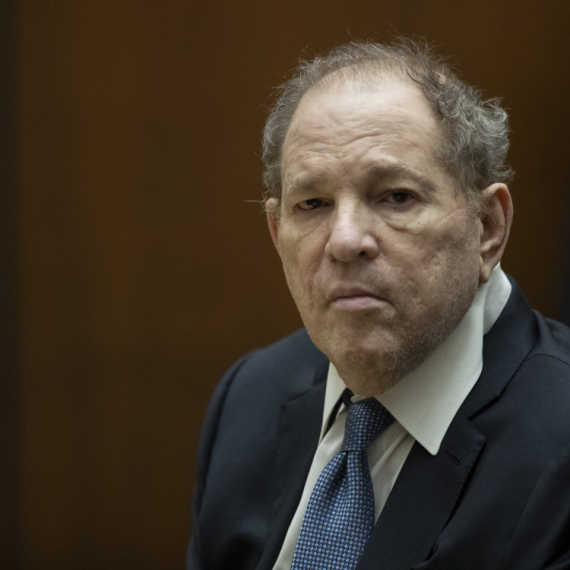

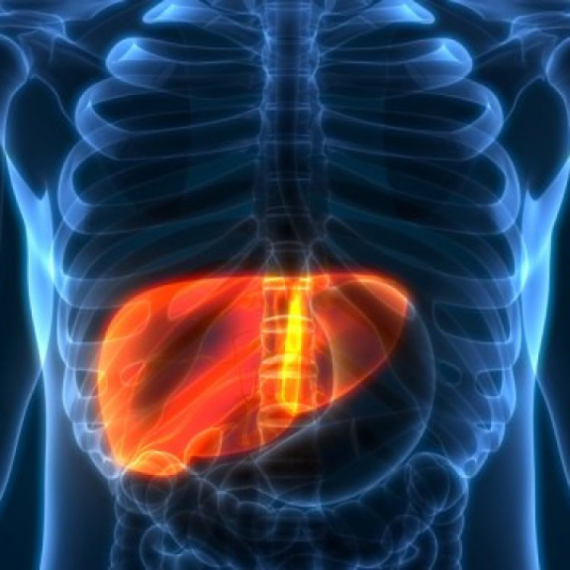




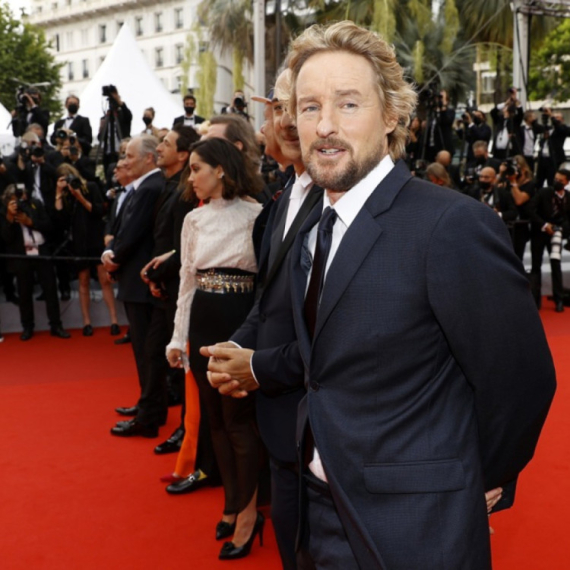

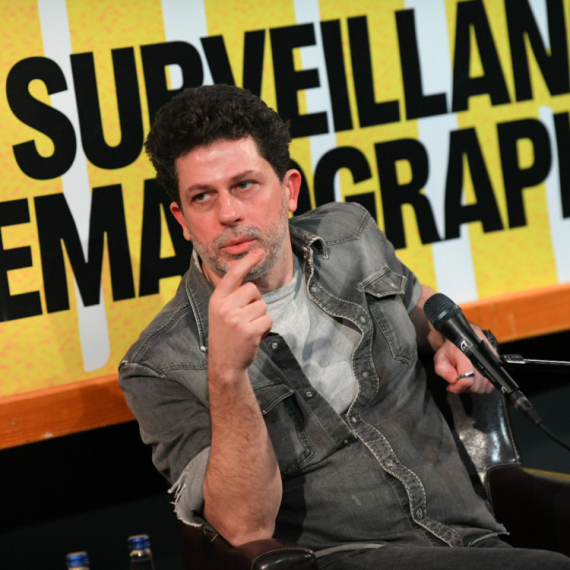








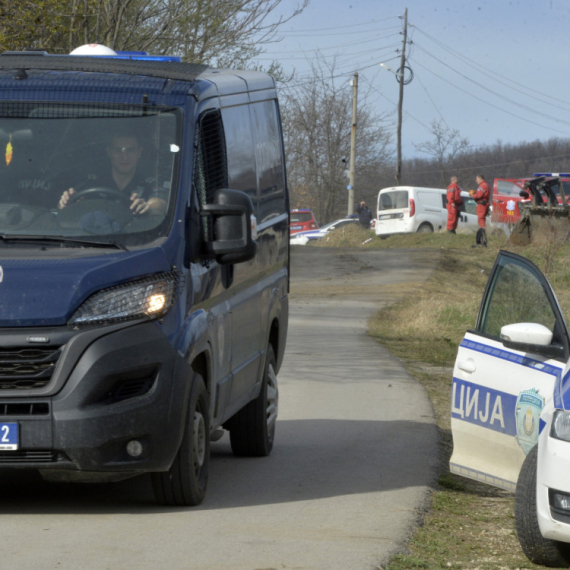
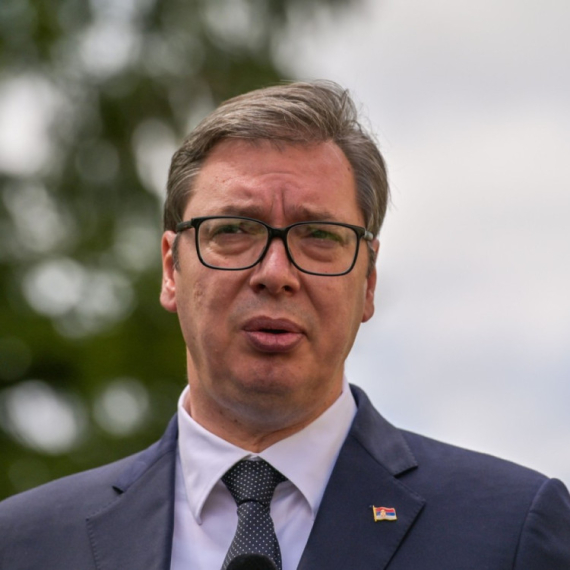
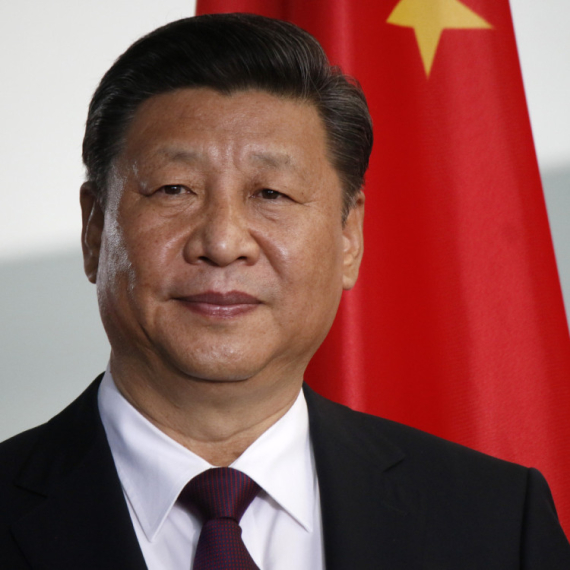






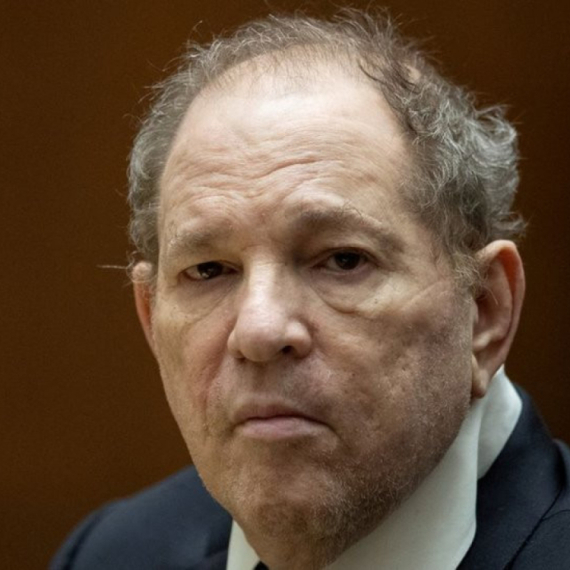
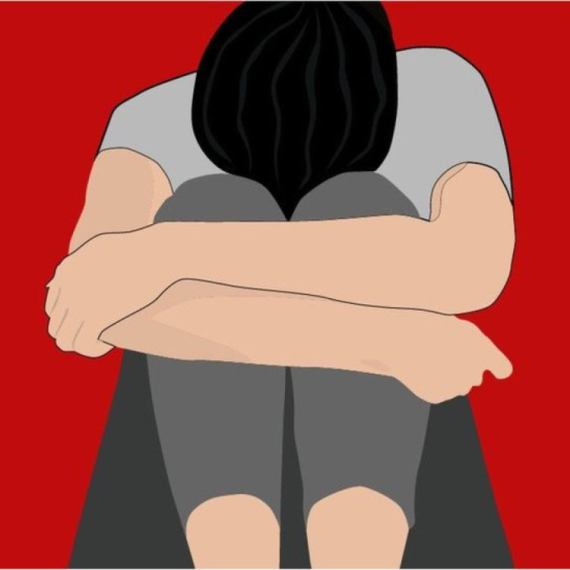
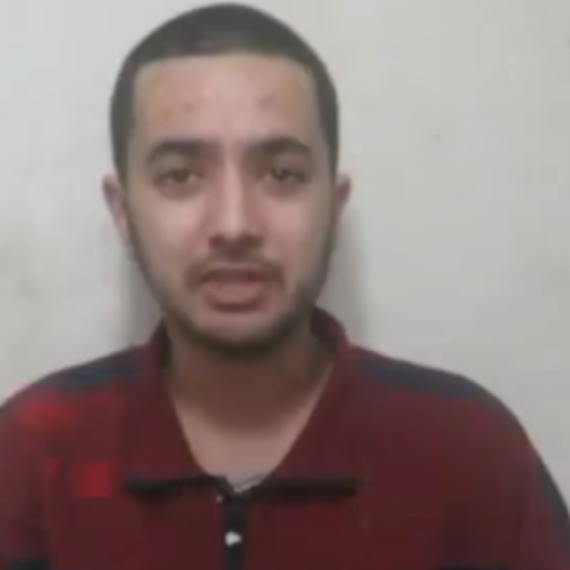
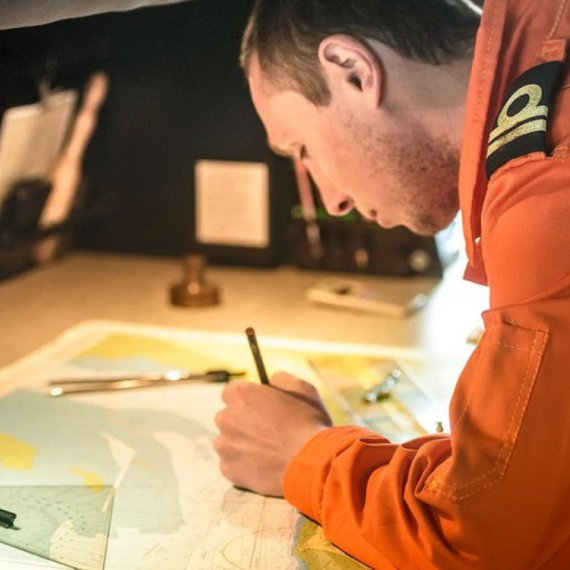
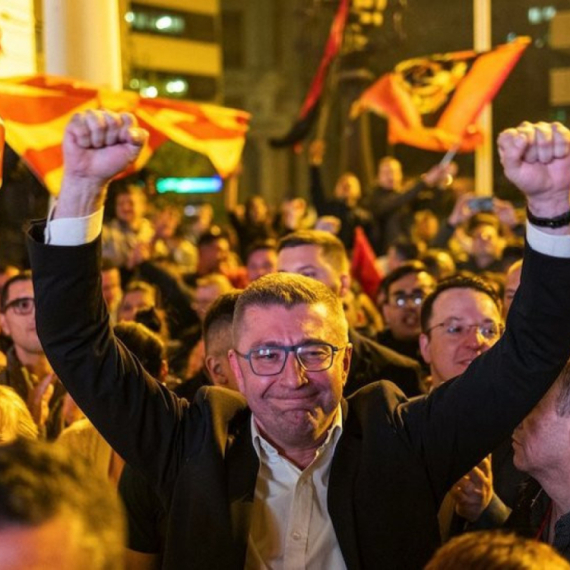

Komentari 25
Pogledaj komentare